About
-
The Green Biome Institute started in the Fall of 2019 and to date over 1376 students from High School to College Graduate students have performed laboratory techniques to learn about the genomes of our States' rare plants. This year, we plan to train close to 300 students
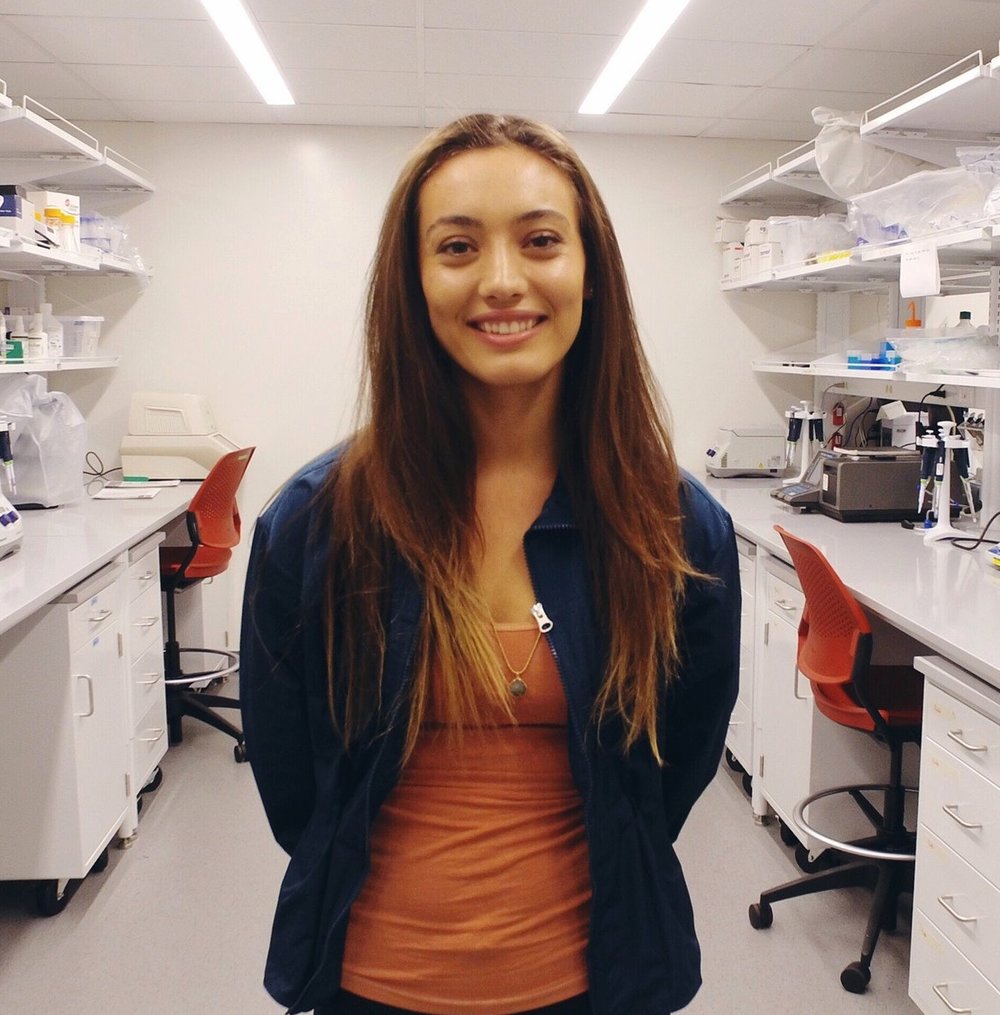
GBI-sponsored reagents and plant material are used in one segment of undergraduate DNA Sequencing and PCR, and Molecular and Cell Biology classes.
Additionally, the GBI supports the Summer high school biotech program and numerous biology graduate students every year.
Student Training Progress - Hitting our Stride
The number of undergraduate, graduate, and high school students who have been trained by the GBI by year. Year Graduate Undergraduate High School 2025 6 208 24 2024 5 201 11 2023 6 237 12 2022 7 261 14 2021 8 240 7 2020 5 57 2 2019 4 54 7 -
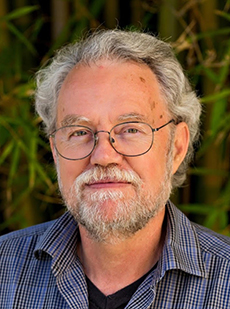
Chris Baysdorfer
Professor of Biological Sciences
Director, Green Biome Institutechris.baysdorfer@csueastbay.edu
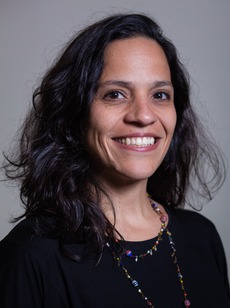
Ana Almeida
Department Chair of Biological Sciences
ana.almeida@csueastbay.edu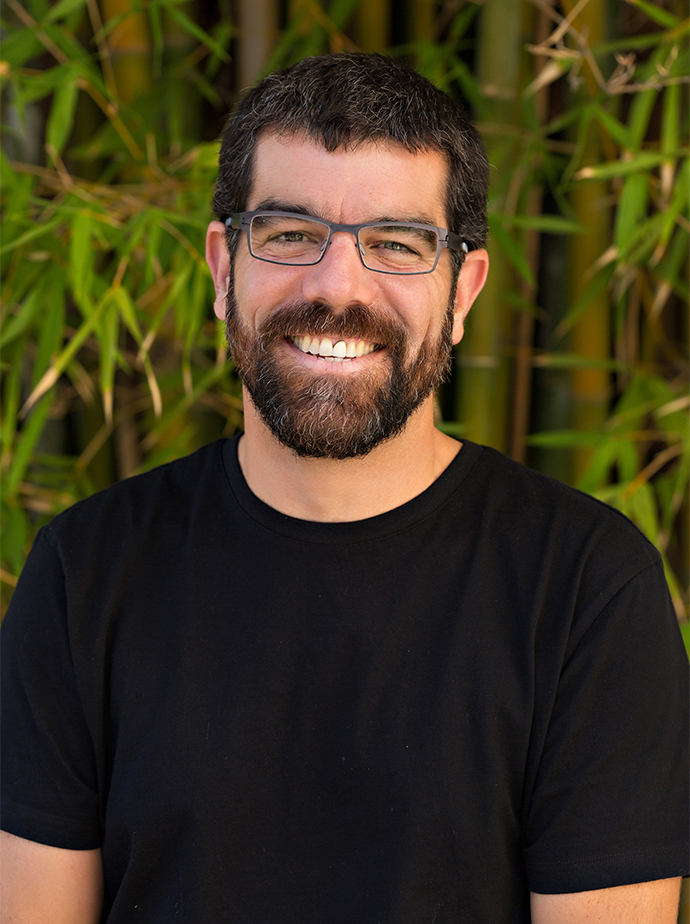
Brian Perry
Professor of Biological Sciences
brian.perry@csueastbay.edu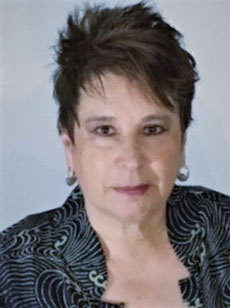
Joanna Garaventa
Staff Scientist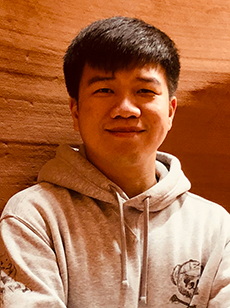
Weilun Tan
Lab Manager
weilun.tan@csueastbay.edu -
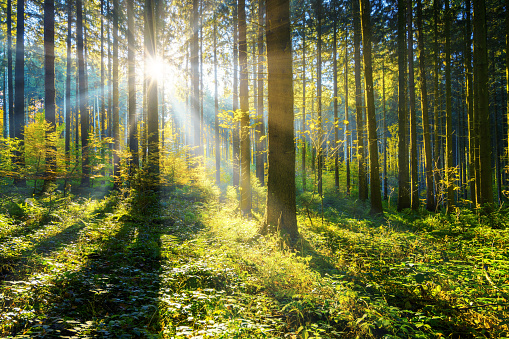
A solid team from Industry, Government, & Academia
Janine Corcoran - Director of Development, CSUEB
Flint Mitchell - Principal, Mitchell Engineering Services, Plant Bioinformatics
Christine Scoobee - Field Botanist and Photographer
Kevin Corcoran* - Past VP Agilent Technologies
John Preece - Past Head of the National Clonal Germplasm Repository at UC Davis, Riverside, and, Peltier, CA.
Lee Kozar* - Director Computational Services and BioInformatics Facility, Stanford University
Randy Davis* - Board of Directors 4M Genomics*Alumni or Past Professors of CSUEB
-
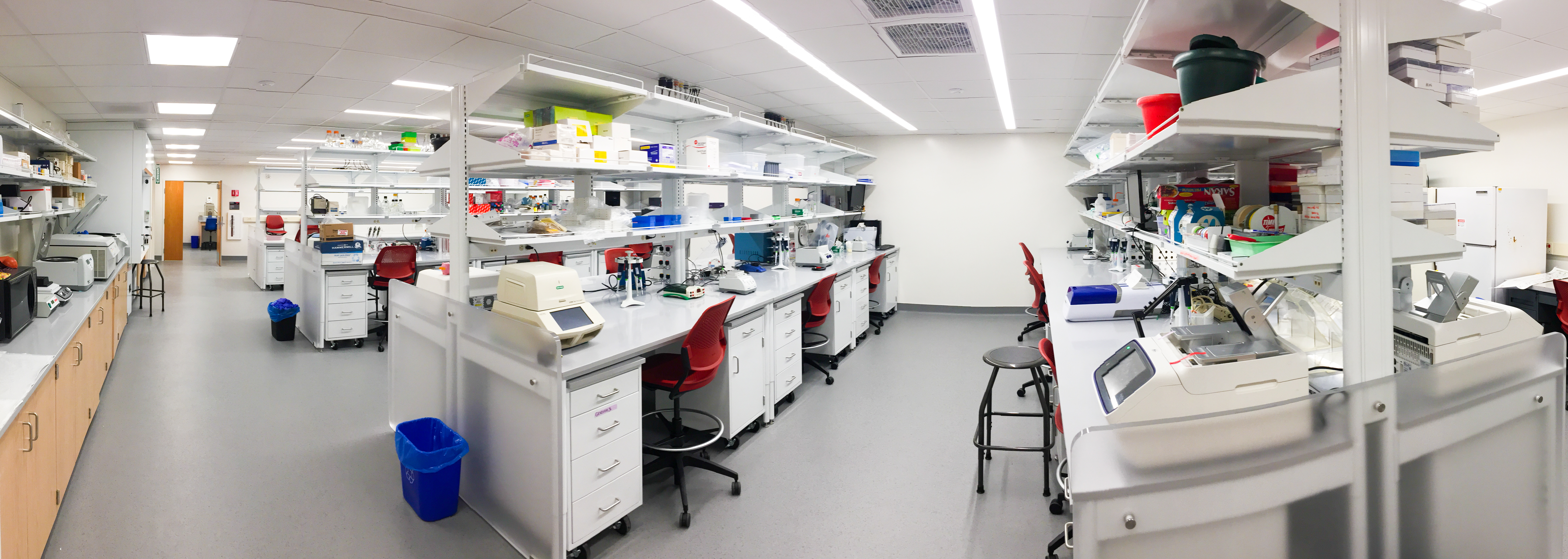
The Green Biome Institute is housed in the BioCore on the Campus of California State University East Bay in the foothills of Hayward, California. The GBI is looking forward to expanding into Cal State East Bay's new Braddock Center for Science and Innovation with construction complete in 2024.CSUEB has one of the nation's most diverse student populations and the School of Science has over 3,000 undergraduate and Graduate students in a variety of disciplines including; mathematics, physics, biology, biochemistry, statistics, computer science, kinesiology, and nursing. The BioCore includes all equipment necessary for leading-edge genomics research including;
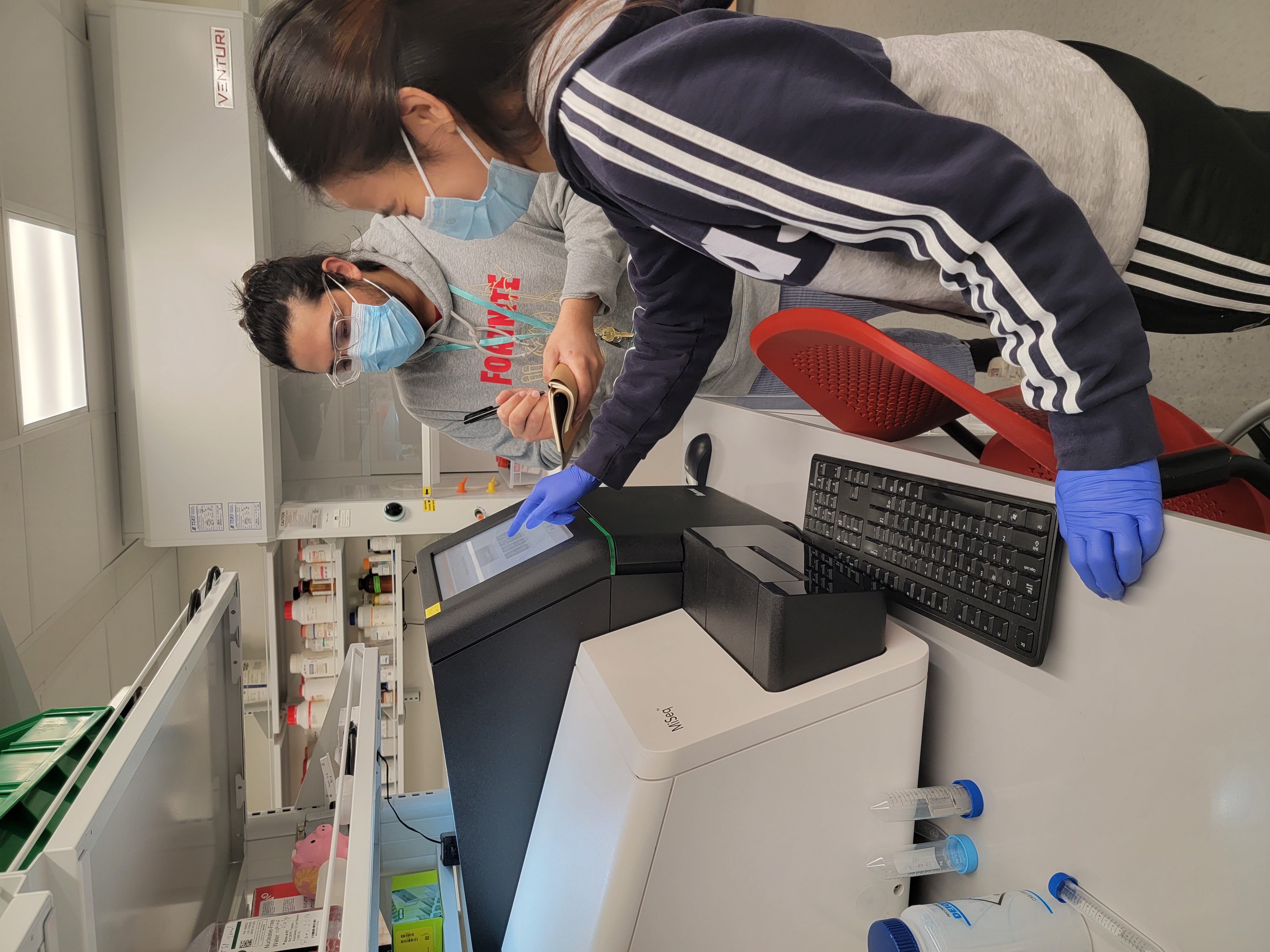
• Illumina Sequencing Instruments
• Ion Torrent Sequencing Instruments
• Long read Oxford Nanopore Sequencing Instruments
• A broad spectrum of Sample Preparation Instruments
• -80 deg C freezers for long-term germplasm storage
• Industrial Plant Growth Chambers and Incubators
• Confocal Microscopy Room
• Access to custom AWS genomics analysis tools
• A newly refurbished 900-square-foot rooftop greenhouse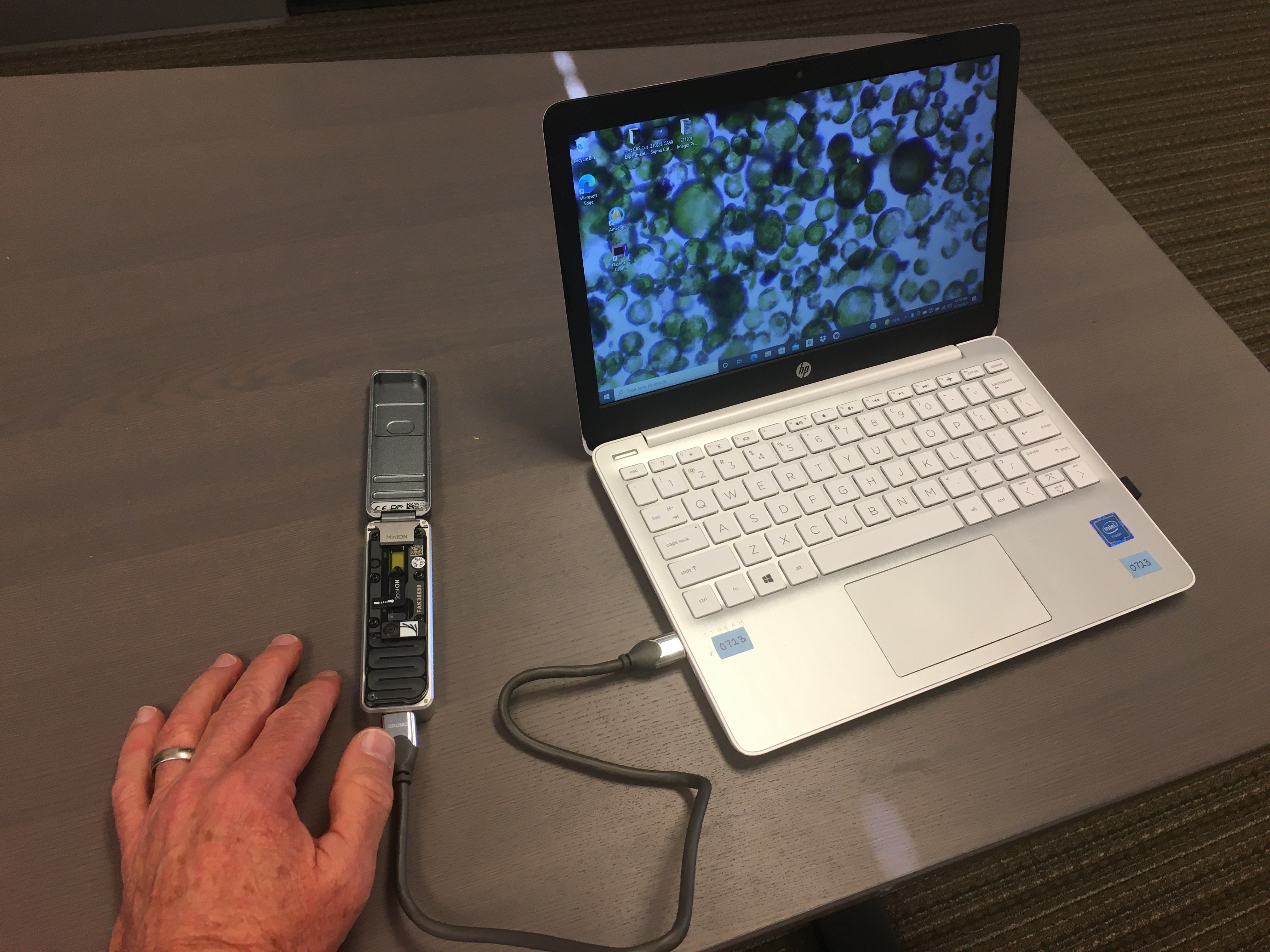
-
The Green Biome Institute is part of the College of Science at Cal State University East Bay and is a 501(c)3 institution. Any donation to the GBI is tax deductible to extent allowable under the law. The University's 501(c)3 authorization is shown below.
